Probio | Capsule | 6 pcs
৳ 150.00
Brand Name: Probio Capsule
Generic: Probiotic Combination
4 billion
Manufacturer: Square Pharmaceuticals Ltd.
Unit Price: ৳ 25.00 (5 x 6: ৳ 750.00)
Strip Price: ৳ 150.00
Composition
Probiotic combination capsule or sachet contains-
- Lactobacillus acidophilus: 2 bilion
- Lactobacillus bulgaricus: 1 bilion
- Bifidobacterium bifidum: 1 bilion
- Fructo- oligosacchardes: 100 mg
Indications
Therapeutic Class
Description
Probiotics are primarily microscopic organisms, where they balance the intestinal microflora of lactobacillus species, Bifidobacterium species, and yeast to improve the well-being of the garment. Lactobacillus acidophilus is found in the intestines, mouth and vagina of humans and animals. Such beneficial bacteria reside in the intestines, vagina and protect against harmful germs. Bifidobacteria are usually found in the feces of humans and animals, all of which are breastfed by newborns. These bacteria are present in their bodies a few days after birth.
Probiotics are defined as live microorganisms, including Lactobacillus species, Bifidobacterium species and yeasts, which may beneficially affect the host upon ingestion by improving the balance of the intestinal micro flora. Lactobacillus acidophilus is one of the several bacteria in the genus Lactobacillus.It gets its name from lacto- meaning milk, bacillus meaning rod-like in shape and acidophilus meaning acid-loving. L. acidophilus occurs naturally in a variety of foods,including dairy, grain, meat and fish. It is also present in human (and animal) intestine, mouth and vagina.These types of healthy bacteria inhabit in the intestines and vagina and protect against some unhealthy organisms.
Bifidobacteria are normal inhabitants of the human and animal colon. Newborns, especially those that are breast-fed, are colonized with bifidobacteria within days after birth. Bifidobacteria were first isolated from the feces of breast-fed infants.They are gram-positive anaerobes, non-motile, non-spore forming and catalase-negative. Their name is derived from the observation that they often exist in a ‘Y’-shaped or bifid form. To date 30 species of bifidobacteria have been isolated.
Lactobacillus bulgaricus is one of several bacteria used for the production of yogurt.First identified in 1905 by the Bulgarian doctor Stamen Grigorov, it is named after Bulgaria. Morphologically, it is a Gram-positive rod that may appear long and filamentous. It is also non-motile and it does not form spores.The bacterium feeds on milk and produces lactic acid which also helps to preserve the milk. It breaks down lactose and is often helpful to sufferers of lactose intolerance, whose digestive systems lack the enzymes to break down lactose to simpler sugars. While fermenting milk, Lactobacillus bulgaricus produces acetaldehyde,which perfumes yogurt.
Pharmacology
Probiotics play an important role in relieving intestinal inflammation by acting on the intestinal epithelial cells of humans. It lowers the pH of the digestive tract through lactic acid producing bacteria in the digestive tract and destroys the harmful germs located in it. By increasing efficacy, this effect accelerates the lgA of the newborn infant affected by rotavirus.
Studies of probiotic activity in recent years provide evidence that probiotics counter experimental and human gastrointestinal inflammation (human inflammatory bowel disease) by their effects on epithelial cell function, including epithelial cell barrier function, epithelial cytokine secretion and their antibacterial effects relating to colonization of the epithelial layer. lt reduces gastrointestinal pH through stimulation of lactic-acid-producing bacteria; provide a direct antagonistic action on gastrointestinal pathogens. Moreover it competes with pathogens for binding and receptor sites. In addition, there is emerging evidence that probiotics induce regulatory T cells that act as a break on the effectorT cells that would otherwise cause inflammation. Lactobacillus acidophilus and Bifidobacterium bifidum appear to enhance the nonspecific immune phagocytic activity of circulating blood granulocytes. This effect may account, in part, for the stimulation of IgA responses in infants infected with rotavirus. Lactic acid bacteria, like strains of Lactobacillus acidophilus, Lactobacillus bulgaricus have also demonstrated antioxidant ability. Mechanisms include chelation of metal ions (iron,copper),scavenging of reactive oxygen species and reducing activity.
Dosage & Administration
Children (6 months & above): One sachet should be taken daily with warm milk/water at once or as directed by the physician.
Contraindications
Translation results
Pregnancy & Lactation
Storage Conditions
| Generic Name | Probiotic Combination |
|---|---|
| Size | 4 billion |
Only logged in customers who have purchased this product may leave a review.


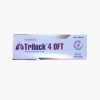

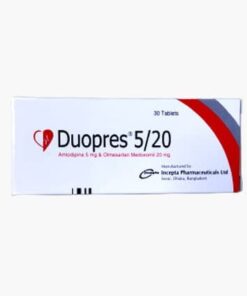

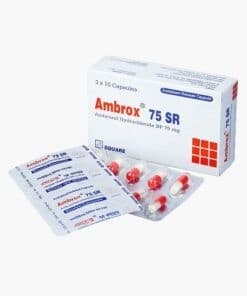
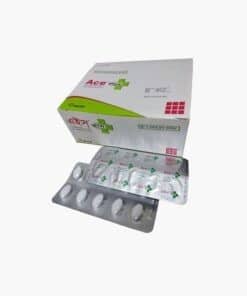

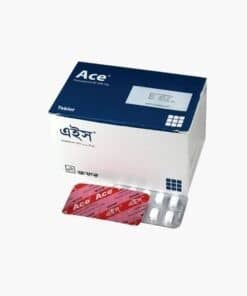
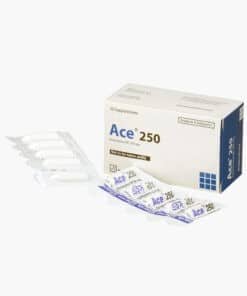
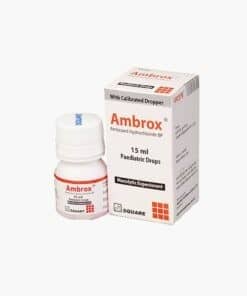
Reviews
There are no reviews yet.